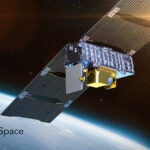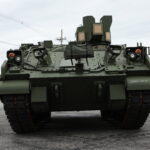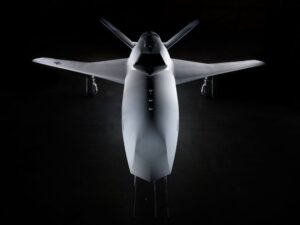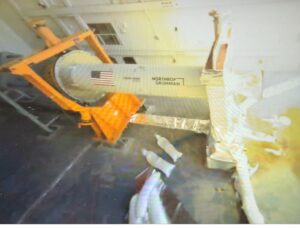
Deal Timing. Orbital Sciences Chief David Thompson says the timing is right for the company’s pending merger with ATK for two reasons, one internal to the company and the other external. He says on the investor call to discuss the $5 billion merger that for the past four to five years Orbital has been focused on developing new products, including introducing its Antares space launch vehicle and “rounding out” its line of medium class satellites. That work is largely…













